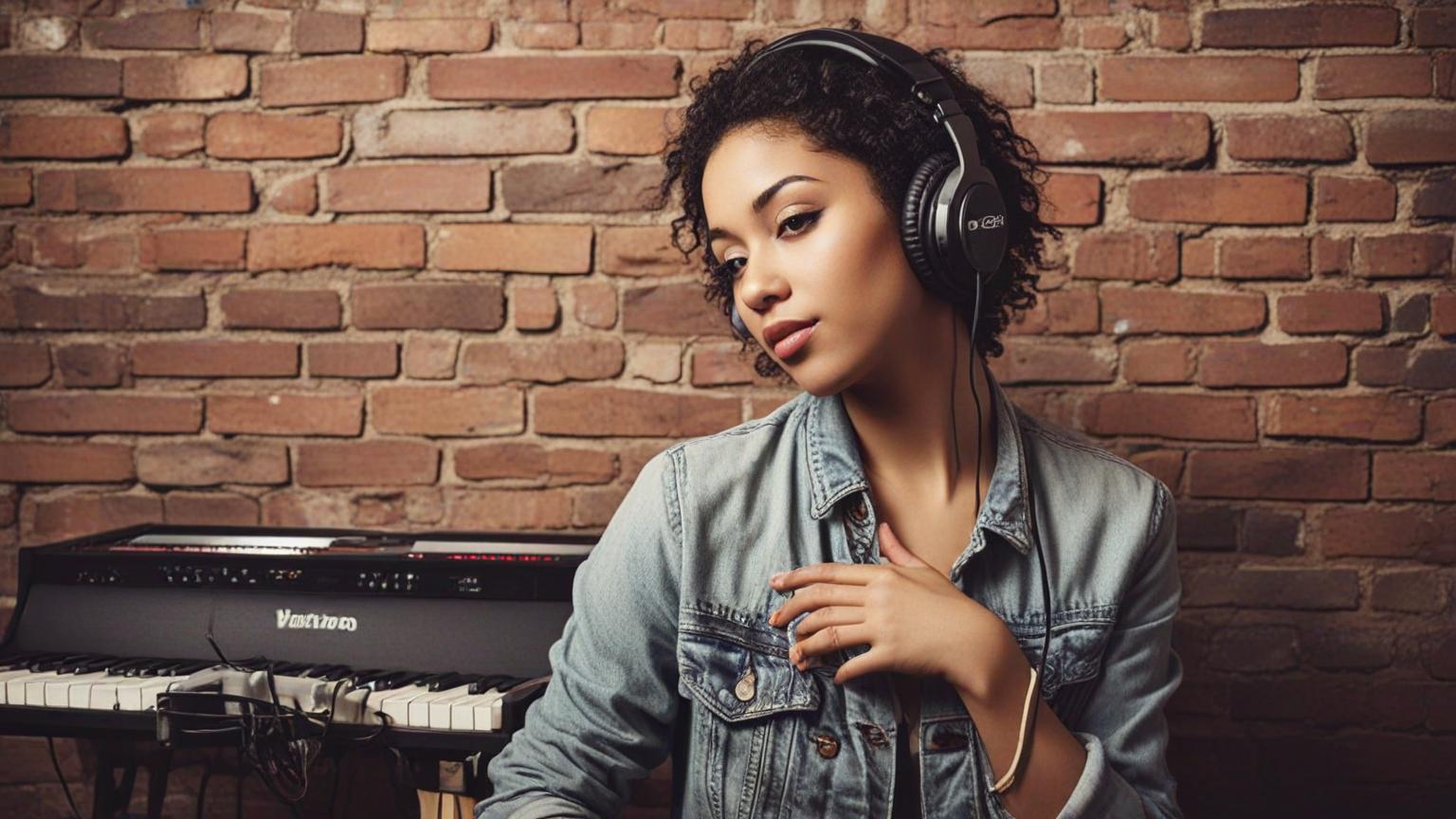In recent years, the walls separating music genres have begun to crumble, ushering in a new era of genre-blending that’s both exciting and perplexing. This boundary-breaking movement has sparked a wave of creativity across the music industry, as artists seek to define sounds that resonate with an increasingly diverse audience.
The roots of genre-blending can be traced back decades, to pioneers like David Bowie and Prince, who fearlessly mixed elements from different musical styles. However, the digital age has accelerated this phenomenon, providing unprecedented access to a wide range of musical influences. Today, platforms like Spotify and SoundCloud expose artists to a global palette of sounds, enabling them to experiment with Afrobeat, K-pop, reggaeton, and more, all in a single track.
Take, for instance, the rise of Latin trap in the mainstream music scene. Artists like Bad Bunny and J Balvin have successfully fused traditional reggaeton beats with trap’s hard-hitting percussion to create a sound that transcends cultural boundaries. Their music has resonated globally, breaking language barriers and reshaping the way Latin music is perceived.
Similarly, the indie pop scene is undergoing a transformation. Bands are incorporating elements of electronic music and hip-hop into their sound, weaving a rich tapestry of textures that draw listeners in. This is not just a trend but an integration of various musical expressions, echoing the sentiments of cultural cross-pollination prevalent in today’s society.
The effects of this fusion go beyond sonic aesthetics, reaching into the realm of identity and personal expression. For many artists, blending genres is a form of storytelling, a way to express multifaceted identities in a world that’s increasingly diverse. It allows artists to navigate cultural heritage and modern influences, creating unique narratives that speak to their experiences.
However, genre-blending doesn’t come without its challenges. The music industry, traditionally structured around genre classifications, often struggles to navigate these hybrid sounds. Marketing strategies, radio play, and award categories are all thrown into disarray, prompting the industry to reconsider how it categorizes emerging music.
Yet, for fans, this is an invitation to explore and enjoy music without the constraints of labels. It opens up a world where playlists reflect moods and stories rather than rigid genre definitions, aligning with how people consume music today.
Looking ahead, the future of music seems poised for even greater experimentation. As technology continues to evolve, so will the tools available to artists, enabling them to push boundaries further. Virtual reality concerts, AI-created collaborations, and interactive music experiences are already on the horizon, promising to redefine how music is created and experienced.
In conclusion, the unspoken evolution of genre-blending in modern music is a testament to the transformative power of creativity. As we stand at the crossroads of tradition and innovation, one thing is clear: the future of music lies not in boundaries, but in the limitless possibilities that arise when we dare to merge them.
The unspoken evolution of genre-blending in modern music

